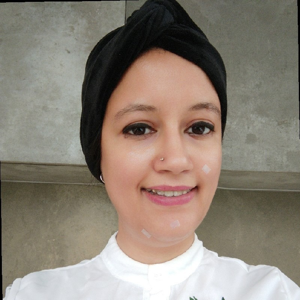Hello Karyna !
Thank you for posting on Microsoft Learn.
The Participant and voice signature flow belongs to the meeting transcription scenario and Microsoft has announced that Speaker Recognition (voice profiles / voice signatures) will be retired on September 30, 2025. After that date, apps won’t be able to use speaker recognition. Meanwhile, real-time diarization with ConversationTranscriber intentionally does not use voice signatures, it only gives generic IDs like Guest-1, Guest-2.
https://learn.microsoft.com/en-us/azure/ai-services/speech-service/speaker-recognition-overview
You can stay with ConversationTranscriber + diarization and map names yourself where you leep a dictionary of {speakerId -> displayName} and let users claim a name the first time they speak or pre-map by device/channel if you capture multichannel audio.
This is the supported real-time path, it returns stable speaker IDs per participant but not identities. https://learn.microsoft.com/en-us/azure/ai-services/speech-service/get-started-stt-diarization
For recordings, you can use the Fast Transcription REST API with diarization, then do post-processing to attach names .https://learn.microsoft.com/en-us/azure/ai-services/speech-service/rest-speech-to-text
